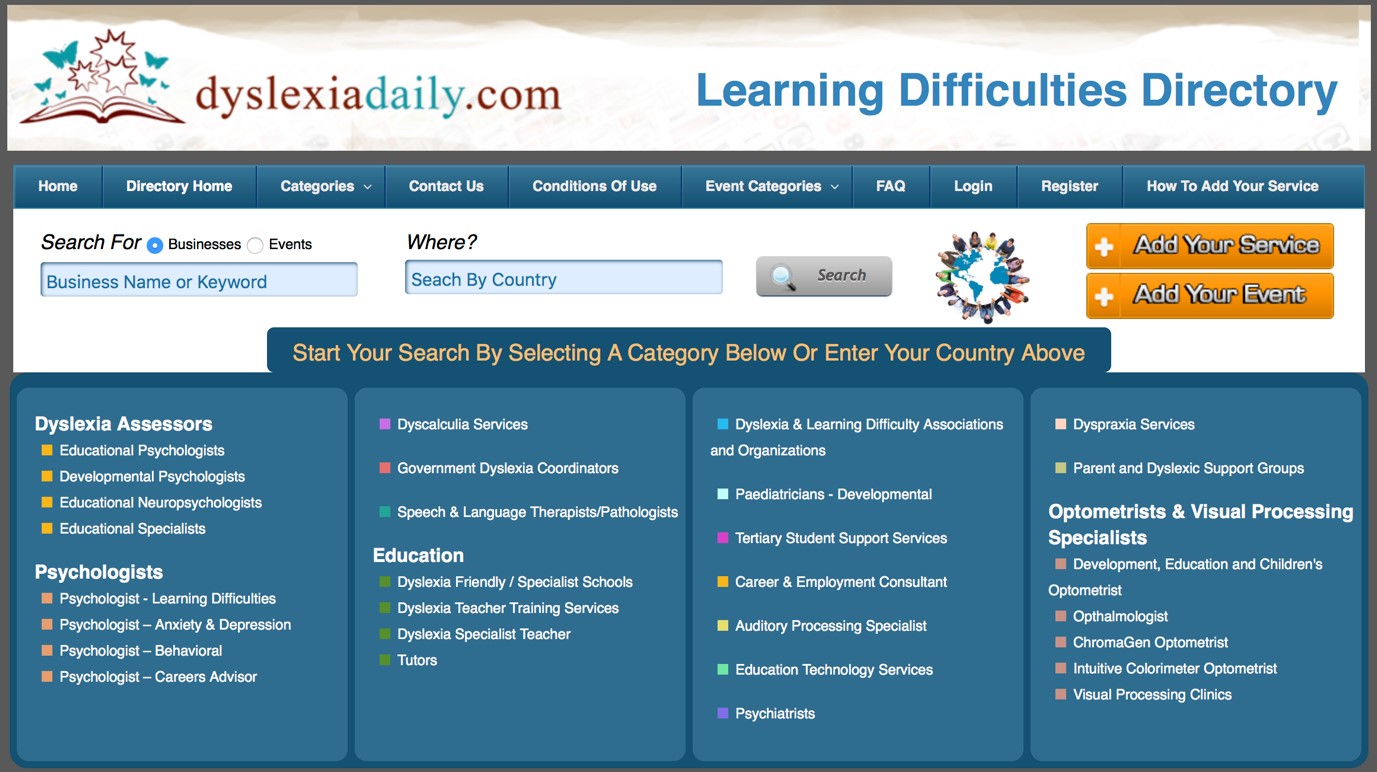When I was reading this for the first time I thought – I’M CONFUSED… No wonder Barbara is.
I find the best way to answer these detailed questions is by changing the text colour and responding to the questions as they appear in the email.
Look for my answers below in red.
Hi Liz,
I hope you don’t mind me emailing you. I was hoping you might be able to help me with some advice on how/who/where to take my 13 yr old son to have him properly assessed for Dysgraphia/Dyslexia. He has recently, (finally) been diagnosed by his paediatrician with Anxiety, ADHD (Attention Deficit Hyperactivity Disorder), OCD (Obsessive Compulsive Disorder) and traits on the Autism Spectrum. His paediatrician has suggested I take him to an OT (Occupational Therapist) and a Psychologist (via a GP care plan) as he also feels he may have SPD (Sensory Processing Disorder) & ODD (Oppositional Defiance Disorder) & Dyslexia.
I feel PDA (Pathological Demand Avoidance- see info on this below) & Dysgraphia (difficulty controlling a pen or pencil to write) is more on the mark and I am wondering how/who/where I should take my son to see if coloured lenses/paper etc. might help as well. The best place to find a specialist in this area is here. You can see on the right hand side Optometrists & Visual Processing Specialists. http://dyslexiadaily.com/learningdifficultiesdirectory/
It is on my website DyslexiaDaily and looks like this below.

He really struggles with spelling & putting anything down in words (writing) but is a wiz at Math, except he will make silly mistakes and will often confuse x, -, + and the division symbol. This could certainly be caused by a visual processing issue, so it is definitely worth checking into this.
The school psychologist has been reasonably supportive and has done minimal testing which has shown huge variations in his results – hence SLD (Specific Learning Difficulty). This is called a spikey profile and you are right, it is very common for intelligent children with specific learning difficulties to have a spikey profile that shows areas of high-level cognitive strength and conversely, areas of low-level cognitive weakness. I always say, the best way to support these children is to use their learning strengths to help them to overcome their learning weaknesses, as this is the fast track to get the best results for them. It will also enable you to put a plan in place straight away using methods and programs that will appeal to him. His teacher says she hasn’t even heard of Dysgraphia or PDA and that it’s a waste of time and money to pay for a formal diagnosis of dyslexia. She said don’t even bother, as it’s not recognised by schools/colleges/Unis etc. Unfortunately, this lack of knowledge about SLD’s is very common when it comes to our primary and secondary teachers. She is not experienced enough to advise you and in this case, she has misinformed you. Dysgraphia is a very common problem in children today and can be easily diagnosed by an Occupational Therapist. I believe dysgraphia is on the rise due to our children’s high daily exposure to technological devices, which isn’t going to change anytime soon. My suggestion is to get your son using a keyboard as fast as possible. My favourite way to do this is using a program called – Touch Type Read spell. It is great for anyone with dyslexia, as it is a complete reading and spelling program within a typing tutor. It won’t be long before all school work including tests and exams is done this way. You can find it here https://www.dyslexiadaily.com/product/ttrs-touch-type-read-spell/ . Use the 10% discount voucher ‘DD101’ It is also perfect for children who like to move to learn.
Dyslexia is recognised by schools, TAFES, colleges and Universities in Australia, with many of our tertiary institutions offering better support for students with a diagnosis of dyslexia than our schools. To get all the info you need on your son’s rights, get your hands on a copy of my book ‘Helping Children With Dyslexia’, It explains this in detail, plus what schools and teachers, by law should be offering by way of accommodations and support to help your son if he has a diagnosis of an SLD or dyslexia. You can also contact SPELD in New South Wales for some localized advice on this. https://speldnsw.org.au They have a hotline too and after you have checked my service provider directory, I would also ask them about a referral to a good Educational Psychologist, Developmental Psychologist, Neuropsychologist, or similar, who can conduct a thorough assessment on your son and provide you with a detailed report, including a list of teaching and learning recommendations that you can take into your son’s school to ensure he receives the ongoing support he needs.
I am getting very confused as to where to turn & was hoping you may have some suggestions. We live in South Western Sydney, New South Wales, Australia.
Kind regards
Barbara
I hope this helps Barbara.
Kind regards
Liz Dunoon
*not her real name
What is pathological demand avoidance?
Pathological demand avoidance (PDA) is increasingly, but not universally accepted as a behaviour profile that is seen in some individuals in the autism spectrum.
People with a PDA behaviour profile share difficulties with others on the autism spectrum in social communication, social interaction and restricted and repetitive patterns of behaviours, activities or interests.
However, those who present with this particular diagnostic profile are driven to avoid everyday demands and expectations to an extreme extent. This demand avoidant behaviour is rooted in an anxiety based need to be in control.
While the PDA profile has been found to be relatively uncommon, it’s important to recognize and understand the distinct behaviour profile as it has implications for the way a person is best supported.
Source: http://www.autism.org.uk/about/what-is/pda.aspx



















